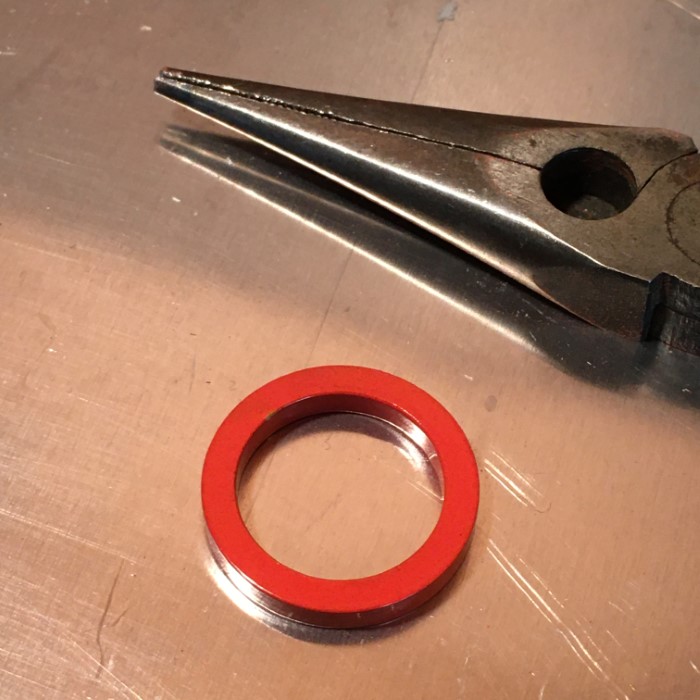
If it ain’t Baroque… don’t fix it.
This morning, I re-read Adolf Loos’s monumentally amusing 1913 essay “Ornament and Crime”. Loos of course, didn’t intend to entertain: the colonial and classist condescension was most emphatically ernsthaft. Eurocentric, racist and chauvinist (to the point of effacement) it may be, the essay nonetheless looms large in contemporary design’s collective unconscious. As Wikipedia puts it (with more than mild understatement): “The essay is important in articulating some moralizing views, inherited from the Arts and Crafts movement, which would be fundamental to the Bauhaus design studio, and would help define the ideology of modernism in architecture.” The central thesis is that ornament is not only wasteful (and therefore immoral) it is also culturally backward: the more ornament you like, the less civilized you are.

Aaron McGruder The Boondocks 1999
A particularly howl-worthy passage:
“Tattooed men who are not behind bars are either latent criminals or degenerate aristocrats. If someone who is tattooed dies in freedom, then he does so a few years before he would have committed murder.”
Lot of, errr, degenerate aristocrats about these days it would seem.
One can’t help thinking that Loos wouldn’t have been a particularly fun guy to be around. Quite apart from hating the heart shape of heart-shaped gingerbread:
“The vegetables [twentieth century man] likes are simply boiled in water and then served with a little melted butter. The other man doesn’t enjoy them until honey and nuts have been added and someone has been busy cooking them for hours.”
Tell that to Jamie Oliver.
Now where am I going with this? Anyone who has been following this thread will know that my design aesthetic is, shall we say, somewhat austere, and that ornament is, more or less, anathema (less being more and all of that).
Separated as we are by more than a hundred years from Loos’s century, it is both unfair and conceptually fuzzy to judge him by the morals of ours. In short, he is a product of his time and I’m sure that in addition to being a pompous ass he was a good dad. Or not. What is certainly true is that his thinking both presages and underpins a large part of twentieth century design. Without Loos there is no Mies.
To be continued.
